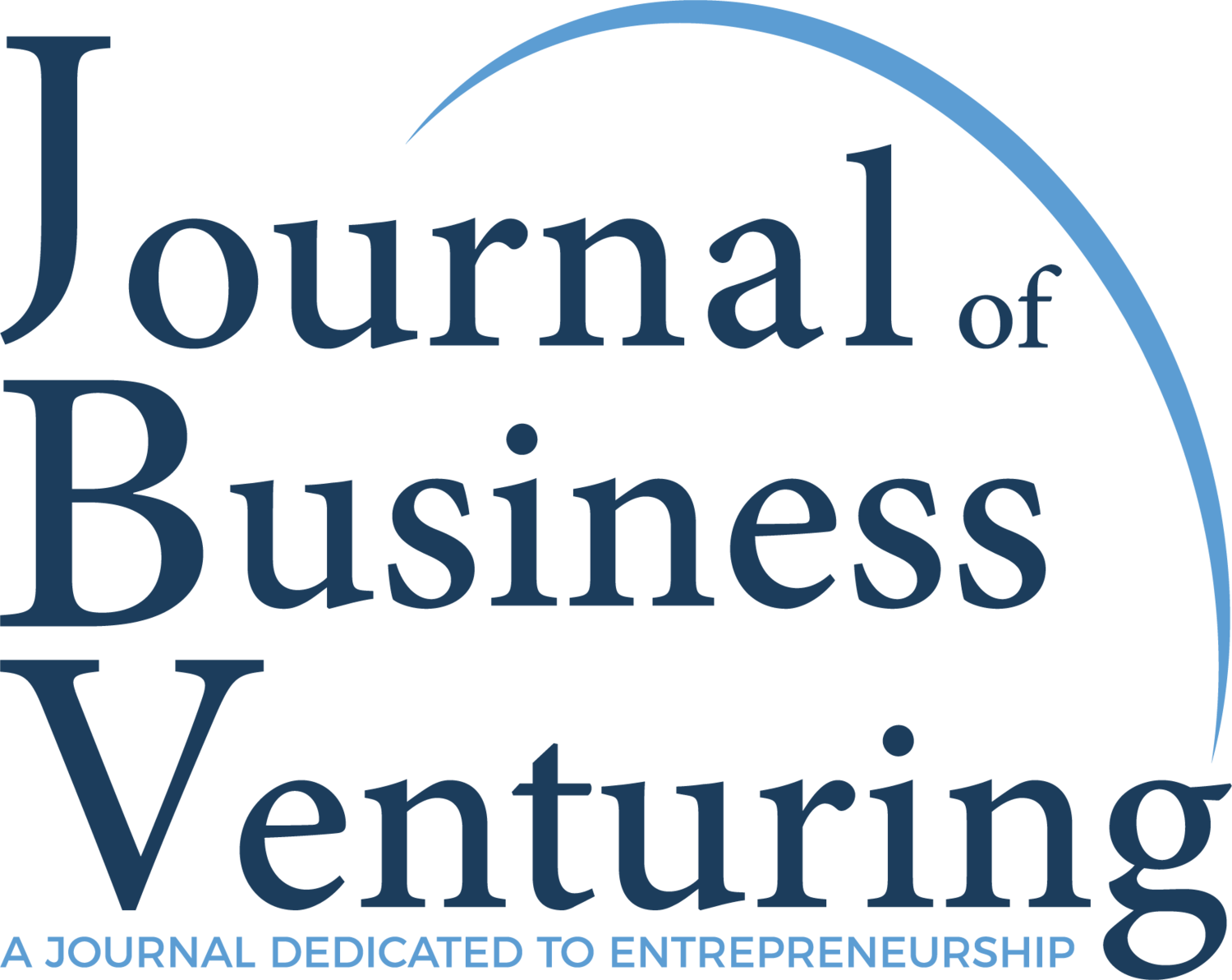How do entrepreneurs come up with the next big idea?
Research Paper Title:
“Entrepreneurial imaginativeness and new venture ideation in newly forming teams”
Authors:
Alexander S. Kier, Carson College of Business, Washington State University
Jeffery S. McMullen, Kelley School of Business, Indiana University
Background:
Entrepreneurial imaginativeness is important for new venture ideation, but its effects have only been examined at the individual level. Research suggests that new venture creation, including ideation, tends to involve multiple individuals, who are in the process of becoming a team for the first time. Given myriad possible combinations of individual imaginativeness in newly forming teams, we ask whether team configurations might vary in composition and performance when seeking to generate and develop new venture ideas.
Methodology:
Sample: Participants were nascent entrepreneurs that participated in six different Startup Weekend competitions engaged in new venture ideation.
Sample Size: 230 entrepreneurs
Analytical Approach: fsQCA (fuzzy set Qualitative Comparative Analysis) - an analytic approach grounded in set theory that allows for a detailed analysis of how causal conditions contribute to an outcome in question
Proposition:
The researchers found it likely that several different team configurations of team characteristics would lead to high quality ideas for new ventures. Therefore, they used an inductive approach to theory building and refrained from advancing a priori hypotheses, choosing instead to develop new theory from their findings.
Results:
All of the conditions in the study are causally relevant to some extent. While this does not preclude the potential of other variables from being relevant to idea quality in new venture teams, it demonstrates that unique combinations of imaginativeness level and disparity have an important role to play in explaining differences in performance of newly forming venture teams.
Different combinations of creative, social, and practical imaginativeness disparity result in different team profiles, some of which are more homogenous and leverage their similarities in imaginativeness, and some of which are more heterogeneous and leverage their differences in imaginativeness.
Social imaginativeness disparity appears to be important to idea quality as it is absent in all of the high-performing configurations and present in two out of the three low-performing configurations. This indicates that a tighter social imaginativeness distribution within a team likely facilitates communication, because these teams have an increased ability to relate to one another and interpret each other's intentions well enough to coordinate their actions.
The combinations of imaginativeness level and disparity appear to be nuanced given the high and low imaginativeness level and disparity being present and absent in both high- and low-performing configurations.
Conclusion:
The study finds that teams with similar and complementary imaginativeness profiles facilitate new venture idea quality as long as the team has enough social imaginativeness overlap. As such, the study answers the call by scholars to better understand the impact of team inputs on venture performance by examining how certain factors interact to contribute to the idea quality of new venture teams. Though it merely scratches the surface, this research nonetheless suggests that entrepreneurial imaginativeness influences new venture ideation in newly forming teams, and thus has a significant role to play in advancing future understanding of the fuzzy front end of entrepreneurship.



